Travel through Italy, where historic wonders and lively culture blend together with mouthwatering cuisine for an unforgettable experience.
Here you’ll find a guide to the best cities in Italy, from the usual suspects to cultural powerhouses, seaside getaways, and quiet retreats, making sure you get a trip tailored to your liking.
Whether you’re looking for the hectic streets of Rome, or the Renaissance elegance and beauty of Florence, this detailed guide takes you through the country, showcasing what makes each city so unique and when to visit it.
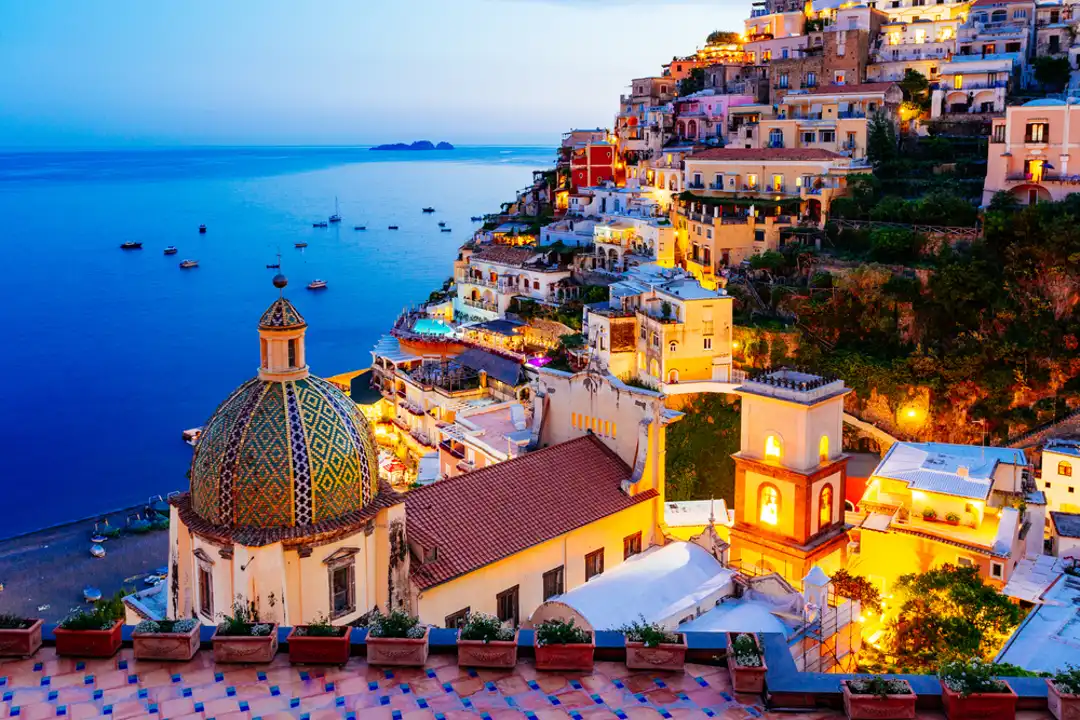
Iconic Classics
1. Rome – The Eternal City
Rome, an enchanting mix of ancient and modern life, is a must-see. Explore the Colosseum and imagine the gladiator battles of old, then wander through the Roman Forum where history lives. Visit the Vatican to marvel at timeless art and spirituality.
Best time to visit: Spring and fall for pleasant weather.
Transportation: Metro, buses, and trams make it easy to get around. Walking is ideal for exploring historic sites.
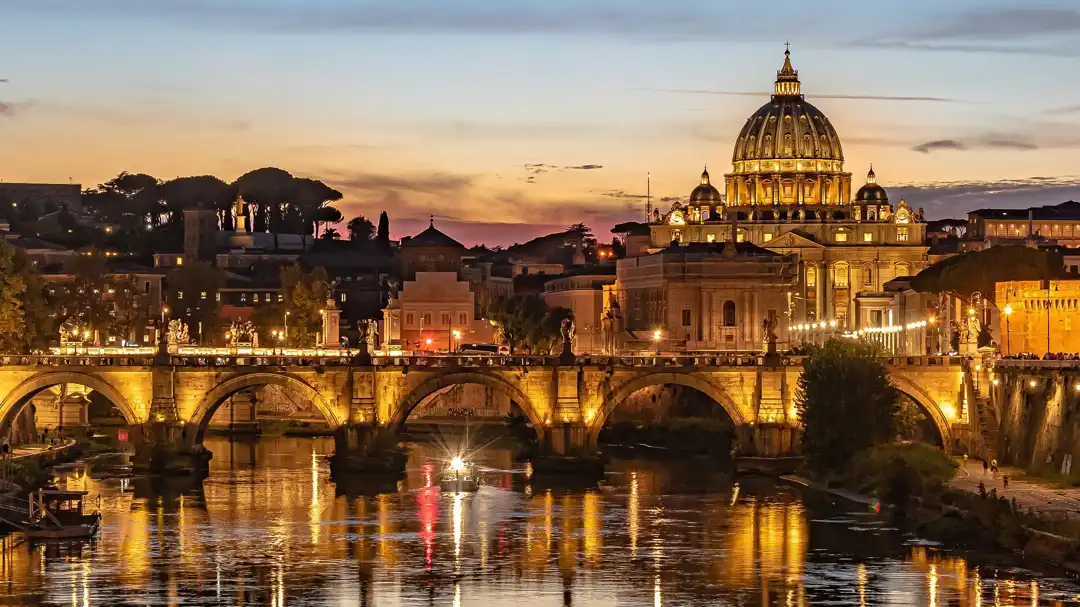
2. Florence – Renaissance in Bloom
Florence, a city that feels like a walk through an open-air museum, is the heart of the Renaissance. Lose yourself in masterpieces at the Uffizi Gallery and gaze up at the magnificent Duomo. Don’t miss Michelangelo’s David for a true taste of artistic genius.
Best time to visit: April to June or September to October for fewer crowds.
Transportation: The city is compact and best explored on foot, with buses available for longer distances.
3. Venice – City of Canals and Dreams
Venice is like stepping into a dream where cars give way to charming gondolas. Glide along the Grand Canal and take in the splendor of St. Mark’s Square. The atmosphere is timeless and filled with romance.
Best time to visit: Late spring and early fall.
Transportation: Vaporettos (water buses) and walking are the main ways to explore this beautiful city.
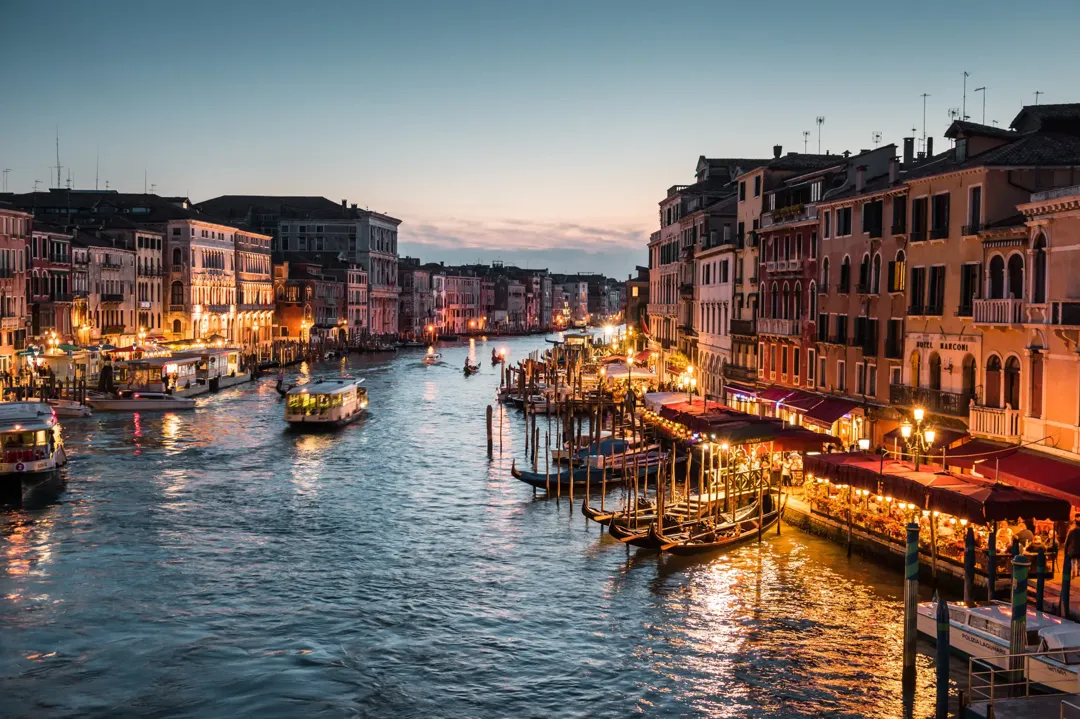
4. Milan – Italy’s Modern Face
Milan is Italy’s chic fashion capital, where style meets substance. Visit the awe-inspiring Last Supper painting and explore the city’s vibrant financial and cultural scenes. This fast-paced city offers a glimpse of modern Italy.
Best time to visit: April to May and September to October for mild weather.
Transportation: Efficient metro, trams, and buses make Milan easy to navigate.
Cultural & Culinary Capitals
5. Bologna – Where Knowledge Meets Cuisine
Bologna offers a delightful mix of scholarly legacy and culinary excellence. As home to the world’s oldest university, the city’s streets echo with intellectual curiosity and warmth.
Wander through the iconic porticoes that shelter visitors before indulging in tagliatelle al ragù, Bologna’s traditional dish.
Best time to visit: Between March and October when the weather is mild.
Transportation: Explore by foot or use the efficient bus system for longer distances.
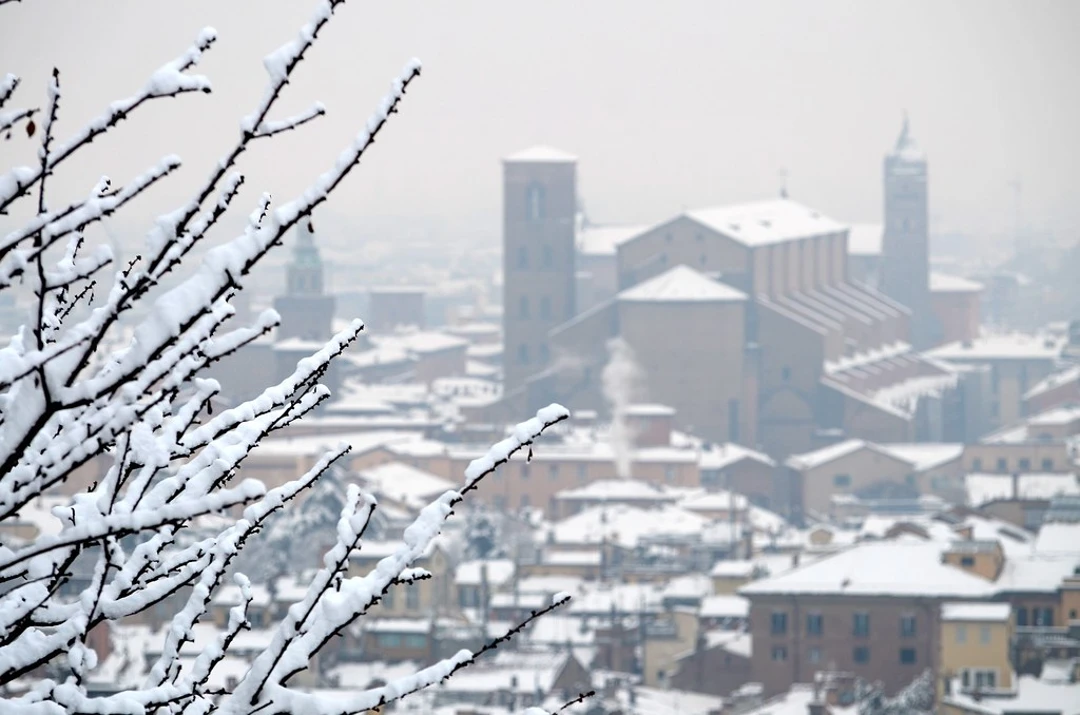
6. Parma – Foodie’s Paradise
Parma is a haven for gastronomy lovers with its lush landscapes and refined atmosphere. Discover the origins of Parmesan cheese and Parma ham, and explore the elegant tree-lined boulevards while savoring these local delicacies.
Best time to visit: Spring and fall, when culinary festivals often take place.
Transportation: Walking is best for the central area, but bicycles and buses are great for getting around the city.
7. Perugia – Artistic Hilltop Heart
Perched on a hill, Perugia offers a compelling mix of medieval charm and vibrant student energy. The city comes alive during its annual chocolate festival, a must for anyone with a sweet tooth, while art and history lovers can enjoy its ancient streets and museums.
Best time to visit: Summer for festivals, or September to November for fewer crowds.
Transportation: The city is served by buses, but walking is ideal to discover its many hidden gems.
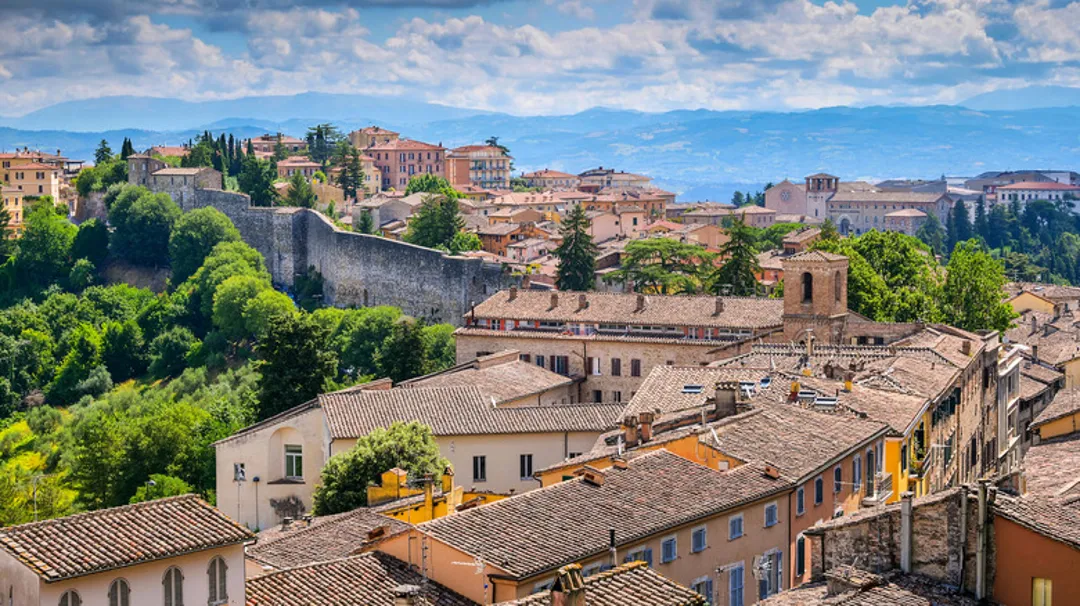
Coastal Escapes & Seaside Stunners
8. Naples – Bold and Flavorful
Naples captivates with its energetic streets and rich historic layers. Start with a slice of authentic Neapolitan pizza and work your way through local street eats.
Explore ancient wonders like the ruins of Pompeii and the imposing Mount Vesuvius that watches over the city.
Best time to visit: March to May and September to November for fewer crowds.
Transportation: Walking is ideal in the city center; use buses, trams, or metro for extended areas and nearby Pompeii.
9. Sorrento – Gateway to Amalfi
Sorrento enchants with its stunning views from clifftops overlooking the Bay of Naples. Enjoy leisurely strolls through lemon grove-lined streets and sip on freshly crafted limoncello. It’s the perfect base for exploring the Amalfi Coast’s picturesque towns.
Best time to visit: April to October for sunny days and vibrant landscapes.
Transportation: The town is best explored on foot; buses and ferries can take you to nearby coastal towns.
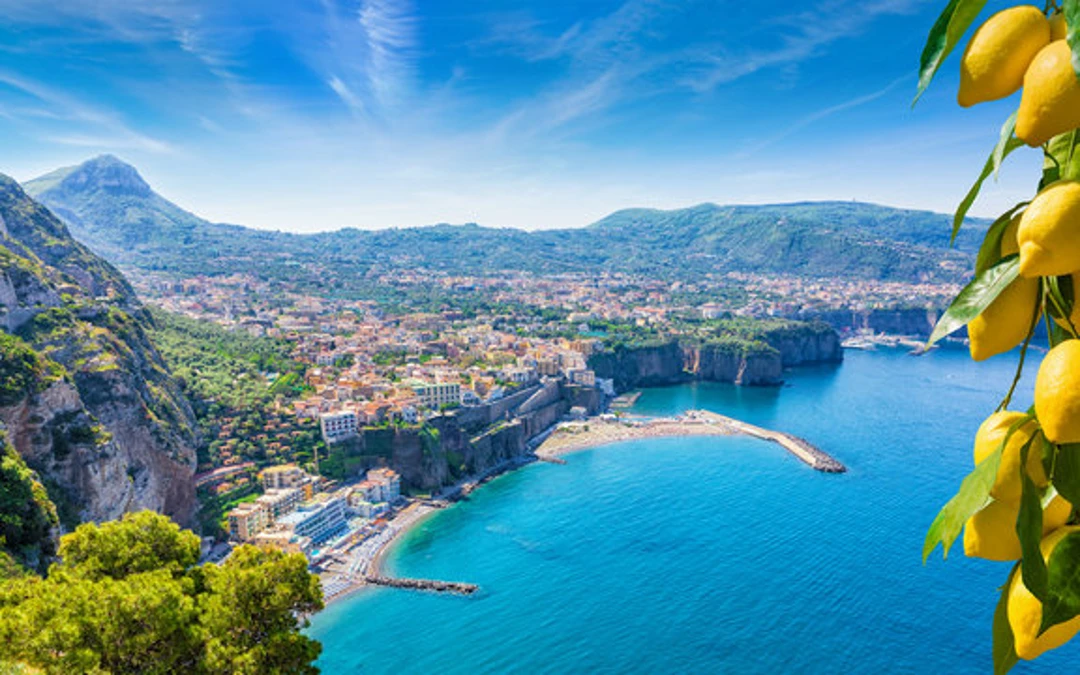
10. Cagliari – Sardinia’s Southern Soul
Embrace the laid-back island lifestyle of Sardinia’s capital city, Cagliari. Discover ancient ruins like the Roman Amphitheatre and relax on turquoise beaches like Poetto. The city’s vibrant culture and lesser-known beauty make it a unique getaway.
Best time to visit: May to September for beach weather.
Transportation: Walk through the historic center; buses and rental bikes offer access to beaches and farther neighborhoods.
11. Lecce – Florence of the South
Lecce, known for its exquisite Baroque architecture, is a treasure trove of art and tradition. Wander through its stunning piazzas and visit the Roman amphitheater right in the city center. Proximity to the Adriatic Coast offers a relaxing escape by the sea.
Best time to visit: April to June for milder temperatures.
Transportation: The compact city allows for easy exploration on foot; buses connect to nearby coastal spots.
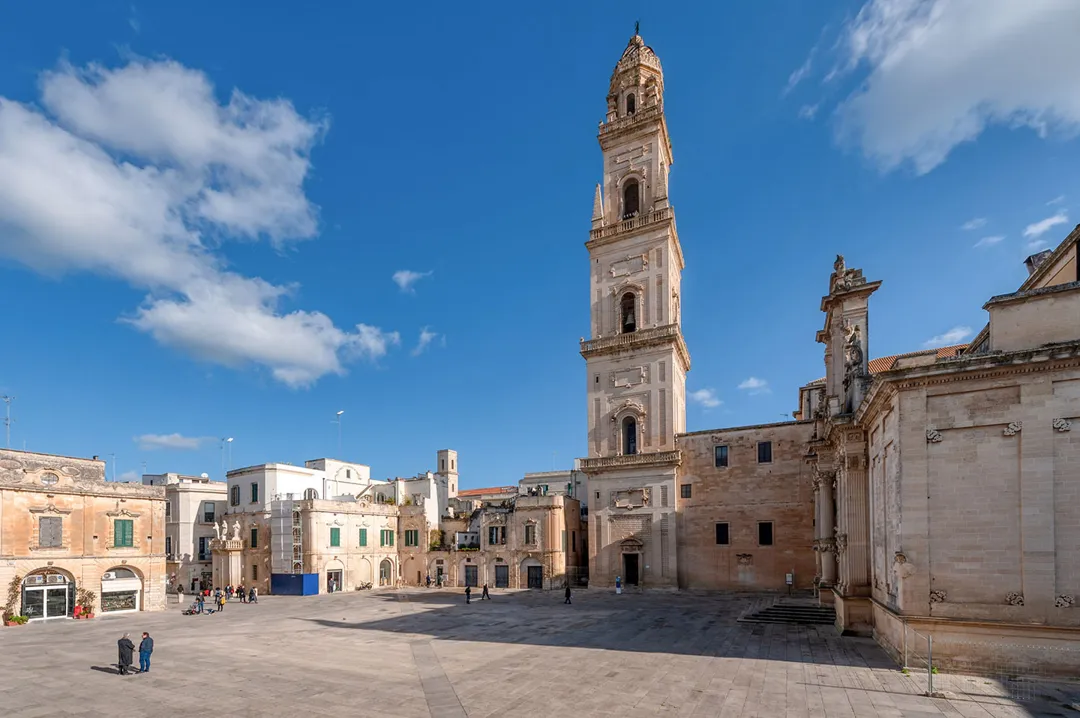
Northern Nature & Alpine Beauty
12. Bolzano – Gateway to the Dolomites
Bolzano is a unique blend of German and Italian cultures, making it an intriguing destination.
Visitors can explore the stunning mountain trails of the Dolomites, a UNESCO World Heritage site, offering endless opportunities for hiking and skiing. During winter, the city’s Christmas markets enchant with festive cheer and local crafts.
Best time to visit: Spring and early fall for hiking; December for the Christmas markets.
Transportation: Access Bolzano via its efficient train service and explore the city on foot or by local buses for surrounding attractions.
13. Trento – Alpine Sophistication with a Historical Core
Trento charms with its cultural sophistication and breathtaking alpine views. The city’s Renaissance palaces and frescoed buildings provide a rich historical backdrop to your visit.
For outdoor adventurers, Trento is a gateway to the nearby mountains, perfect for hiking and skiing.
Best time to visit: Summer for hiking; winter for skiing.
Transportation: Trains bring you straight to Trento, and buses make navigating the city and surrounding mountains easy.
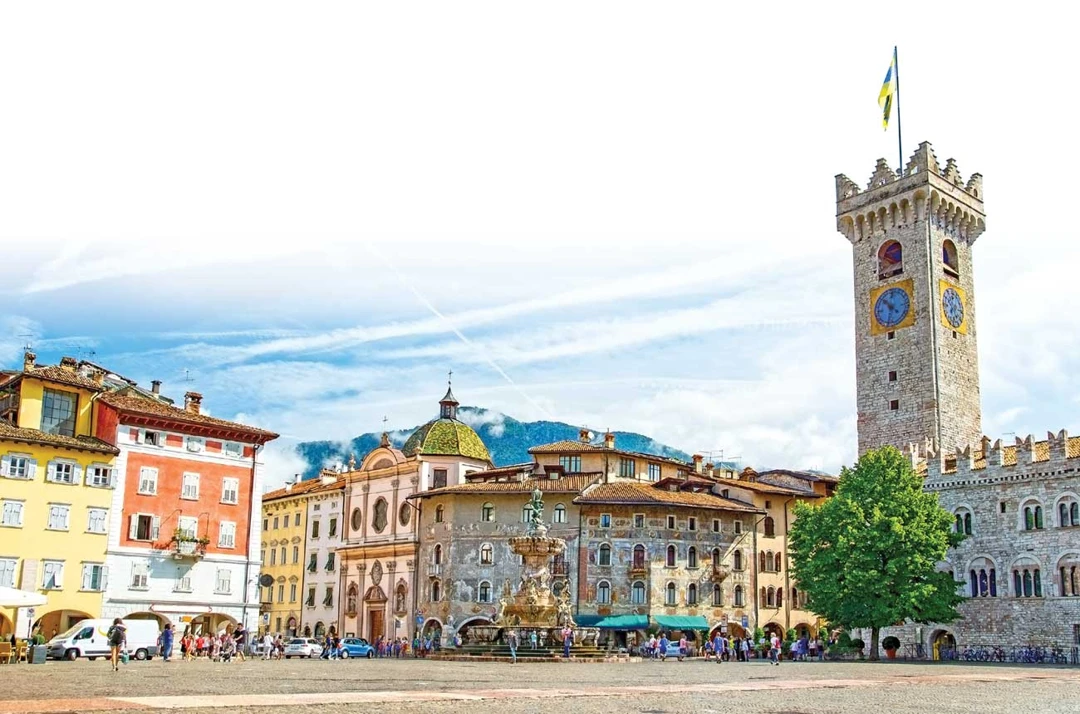
14. Belluno – Hidden Gem in the Dolomites
Belluno is a picturesque town that offers tranquility amid the majestic Dolomites. It’s the perfect base for those seeking peace, nature, and authenticity. Enjoy serene walks around the town or venture into the mountains for hiking or skiing adventures.
Best time to visit: Late spring and early fall for hiking; winter for skiing.
Transportation: Reach Belluno by train or car, then explore on foot or use regional buses for excursions into the Dolomites.
Off-The-Beaten-Path Spots
15. Verona – Shakespeare’s Romantic Stage
Verona is a city that captures the heart, known widely as the romantic backdrop of Shakespeare’s “Romeo and Juliet.”
Wander through its enchanting streets and visit Juliet’s balcony, a must for lovers of literature and romance. Explore the Roman arena, which still hosts concerts and operas under the starlit sky.
Best time to visit: Early spring or late autumn for pleasant weather and fewer crowds.
Transportation: Exploring on foot is ideal in the compact center, with buses available for longer trips.
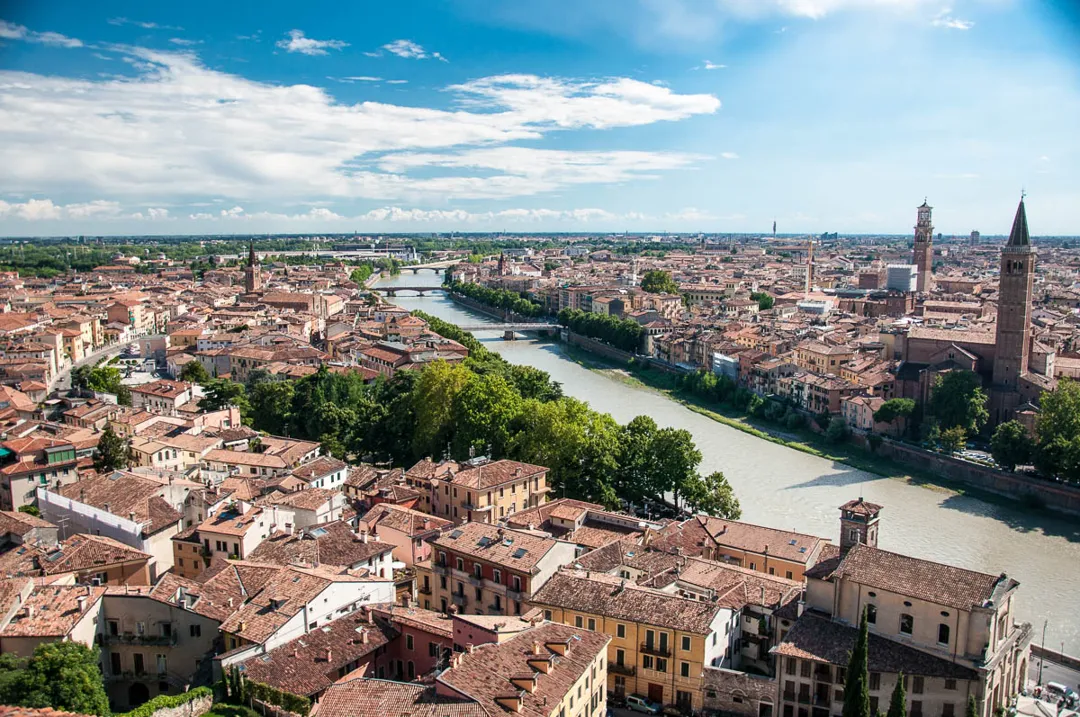
16. Turin – Elegant and Understated
Turin, a city of subtle elegance, is often overshadowed by its neighbors but offers so much charm.
Discover the grandeur of its royal palaces and savor the joy of a bicerin, a traditional chocolate and coffee drink. With its proximity to the Alps, the views are breathtaking and perfect for a leisurely exploration.
Best time to visit: Spring and autumn for comfortable weather.
Transportation: The metro and buses are efficient, but walking unveils its hidden treasures.
17. Trieste – Italy with a Central European Twist
Trieste stands out with its unique blend of Italian and Central European influences, shaped by various empires.
Lose yourself in the charm of historic coffeehouses or feel the sea breeze along the waterfront, which carries tales of its vibrant past. The city offers a rich literary legacy, perfect for literature enthusiasts.
Best time to visit: Late spring to early fall for outdoor enjoyment.
Transportation: The city is best explored on foot, with buses available to venture further afield.
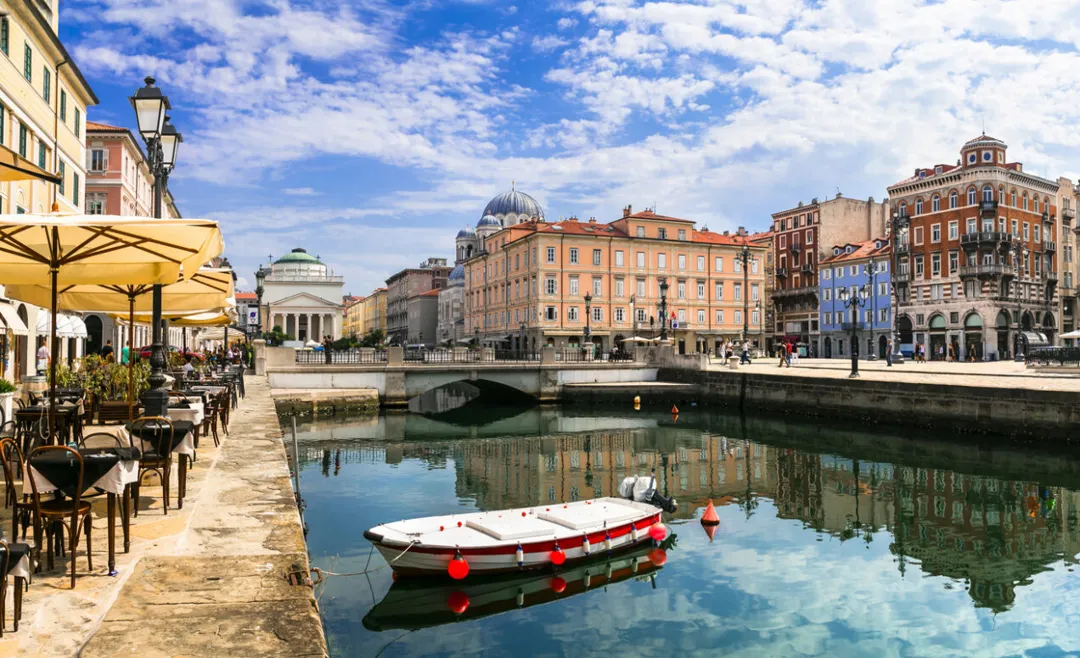
Travel Tips for Italy
Learn Basic Italian Phrases: While English is widely spoken by many Italians, learning a few beginner Italian words and phrases such as “ciao” (hello), “grazie” (thank you), or “per favore” (please) will help ensure easier and more pleasant interactions.
Respect the Siesta: Many stores and restaurants do close for a couple of hours in the mid-to-late afternoon. Try to visit museums or parks during this time.
Dress Appropriately for Visits: When you’re in religious places, keep your shoulders and knees covered as a sign of respect and admittance.
Book Ahead for Major Attractions: Book tickets in advance. For places like the Colosseum or the Uffizi Gallery lines can be hours long.
Adapt to Local Eating Hours: Italians eat late. Dinner rarely begins before 8 PM, so plan and adjust your schedule accordingly if you want to enjoy the culinary exploits the country has to offer.

Validate Transit Tickets: Make sure to validate your train or bus ticket at the orange machines. Do NOT board ticketless.
Beware of Tourist Traps: Sometimes in the most touristy areas, prices can get jacked up. Walk away from the things and find where the locals are eating. You’ll discover better and cheaper food that way.
Stay Aware of Pickpockets: Keep belongings secure, especially in crowded areas. You may consider using a money belt to keep your valuables safe.
Carry Cash for Small Purchases: Although you can use credit cards in most places, smaller cafés and shops may not accept them.
FAQs
1. When is the best time to visit Italy?
Spring (April to June) and fall (September to October) offer pleasant weather and fewer tourists.
2. How do I get around Italian cities?
Most cities are best explored on foot, but metros, buses, and trams are convenient for getting around.
3. Are there any unique festivals in Italy?
Yes, enjoy the Chocolate Festival in Perugia or the famous Venice Carnival, to name a few.
4. What is the Italian coffee culture like?
Italians enjoy espresso, known simply as “caffè.” They typically don’t add milk after breakfast, so enjoy cappuccinos in the morning.
5. Which regions of Italy are known for good wine?
Tuscany, Piedmont, and Veneto are renowned for their excellent wines.
6. Is tipping customary in Italy?
Tipping isn’t obligatory, but rounding up the bill or leaving small change is appreciated.
7. What transportation options are available for traveling between cities?
Trains are efficient and offer scenic journeys, while buses and domestic flights are also available.
8. Are there any unique cultural traditions I should know about?
Italians value family, conversation over meals, and local festivals, offering an immersive cultural experience.
9. What should I pack for a trip to Italy?
Comfortable walking shoes, weather-appropriate clothing, and a plug adapter are important.
Conclusion
Italy’s cities are a blend of history, beauty, and irresistible charm. From ancient Rome to modern Milan, from Florence’s art to the Dolomites’ peaks, there’s something for everyone.
Whether you’re craving food, culture, or nature, this guide helps you discover the best each city offers. So pack your bags—Italy’s magic is waiting.
